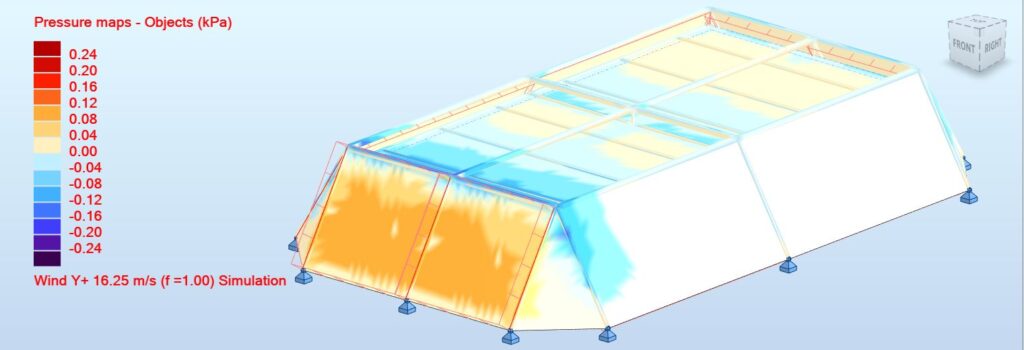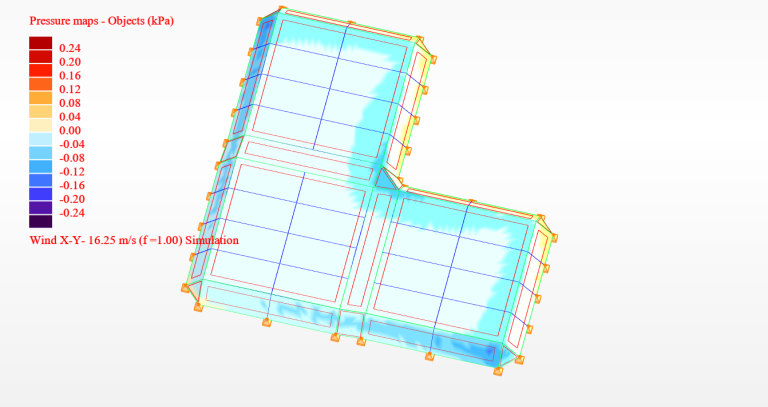Design Optimization and Data Analysis for Kheyti’s Modular Greenhouses
Eight in ten of the world’s farmers are smallholders who struggle with climate-affected harvests. Kheyti’s Greenhouse-in-a-Box is helping them reduce climate risk and increase their yields. These greenhouses are equipped with a rain tunnel protection system to shield crops from unseasonal and heavy rainfall. However, the existing rain tunnel material (polyethylene plastic) hampers ventilation and leads to significant temperature and humidity fluctuations that can adversely affect crop yields. Additionally, there’s a need for a trellising system to support high-density cucumber plantings.
The primary objective of this project was to inform the design and optimization of these critical components (rain tunnels and in-built trellising systems) within modular greenhouses.
To achieve this, extensive desk research was conducted on various rain tunnel fabrics to enhance ventilation and temperature control within the tunnel. This led to the development of different material and design options, ready for on-farm testing. Additionally, Autodesk Revit and Robot Structural Analysis were used to perform structural analysis, design, and optimization of the in-built trellising system. The results and outputs encompass design drawings for the rain tunnel, offering improved ventilation, and a structural analysis report for the trellising system.
By optimizing these greenhouse components, the effectiveness and efficiency of Kheyti’s Greenhouse-in-a-Box were enhanced, thereby benefiting smallholder farmers by improving crop yield, protecting against adverse weather, and promoting sustainable agriculture practices.

Pressure map – trellis structural analysis. Attribution: Ogechi Ogbonna
